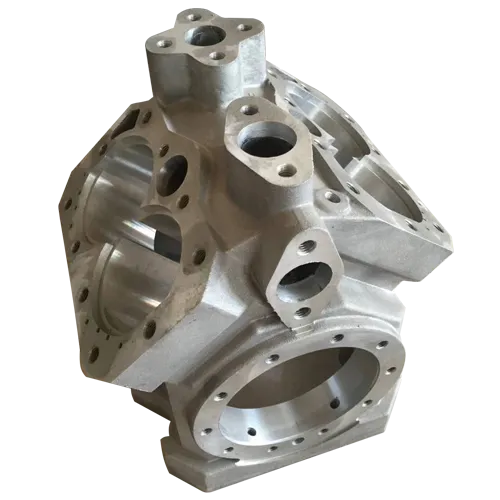Mobile:+86-311-808-126-83
Email:info@ydcastings.com
Optimizing Performance with High-Quality PD130 Exhaust Manifold Solutions for Enhanced Efficiency
The Importance of the PD130% Exhaust Manifold in Modern Vehicles
The exhaust manifold is a critical component of a vehicle’s engine system, playing a vital role in the overall efficiency and performance of internal combustion engines. Among various designs in the automotive industry, the PD130% exhaust manifold has gained attention for its robust performance and efficiency. This article explores the significance of the PD130% exhaust manifold, its design features, and its impact on modern vehicles.
Understanding the Exhaust Manifold
Before delving into the specifics of the PD130% exhaust manifold, it’s essential to grasp its purpose. The exhaust manifold collects exhaust gases from multiple cylinders and directs them into a single outlet, which is typically connected to the exhaust system. Its design significantly influences engine performance, fuel efficiency, and emissions control.
Features of the PD130% Exhaust Manifold
The PD130% exhaust manifold is specifically engineered for the PD (Pumpe Düse) engine. This engine type, widely used in various Volkswagen Group models, features a direct fuel injection system that enhances fuel efficiency and power output. The PD130% exhaust manifold is designed to optimize airflow, reduce turbo lag, and improve overall engine response.
One of the design highlights of the PD130% exhaust manifold is the use of high-quality materials that withstand extreme temperatures and pressures. Typically made from cast iron or high-grade stainless steel, the manifold provides excellent durability and resilience against thermal stress. This characteristic is particularly important as turbocharged engines operate under harsher conditions, necessitating components that can endure prolonged exposure to heat.
Performance Enhancements
pd130 exhaust manifold

The PD130% exhaust manifold’s design is meticulously crafted to enhance engine performance. By improving the flow of exhaust gases, it helps reduce back pressure, allowing the turbocharger to spool more efficiently. This results in quicker throttle response and improved acceleration, characteristics highly valued by automotive enthusiasts and everyday drivers alike.
Moreover, the manifold’s efficient gas flow also plays a significant role in decreasing emissions. A well-designed exhaust system, led by an efficient manifold, ensures that exhaust gases are expelled quickly and cleanly, contributing to compliance with modern emission standards. The PD130% exhaust manifold reflects a harmonious balance between performance and environmental responsibility.
Installation and Compatibility
The installation of the PD130% exhaust manifold is crucial for anyone looking to boost their vehicle's performance. It is essential for users to ensure compatibility with their specific engine model. Many aftermarket suppliers provide this component with various enhancements, such as improved turbocharging capabilities and optimized thermal management features.
While installing a PD130% exhaust manifold may seem straightforward, it often requires professional expertise to ensure proper fitment and avoid common pitfalls associated with aftermarket modifications. Inadequate installation could lead to leaks, reduced performance, and ultimately cause damage to the engine.
Conclusion
In summary, the PD130% exhaust manifold represents a remarkable advancement in automotive engineering, particularly for those utilizing the PD engine lineup. Its thoughtful design not only enhances performance and fuel efficiency but also aligns with stricter emission regulations that modern vehicles must adhere to. As drivers continue to seek improved performance and sustainability, components like the PD130% exhaust manifold will play an increasingly important role in shaping the future of automotive technology. Investing in a quality exhaust manifold can lead to substantial benefits, making it a wise consideration for anyone looking to enhance their driving experience.
-
Why Should You Invest in Superior Pump Castings for Your Equipment?NewsJun.09,2025
-
Unlock Performance Potential with Stainless Impellers and Aluminum End CapsNewsJun.09,2025
-
Revolutionize Your Machinery with Superior Cast Iron and Aluminum ComponentsNewsJun.09,2025
-
Revolutionize Fluid Dynamics with Premium Pump ComponentsNewsJun.09,2025
-
Optimizing Industrial Systems with Essential Valve ComponentsNewsJun.09,2025
-
Elevate Grid Efficiency with High-Precision Power CastingsNewsJun.09,2025











